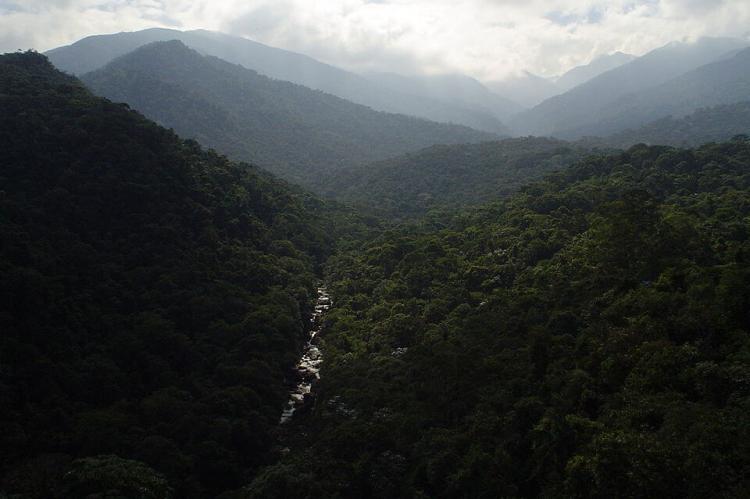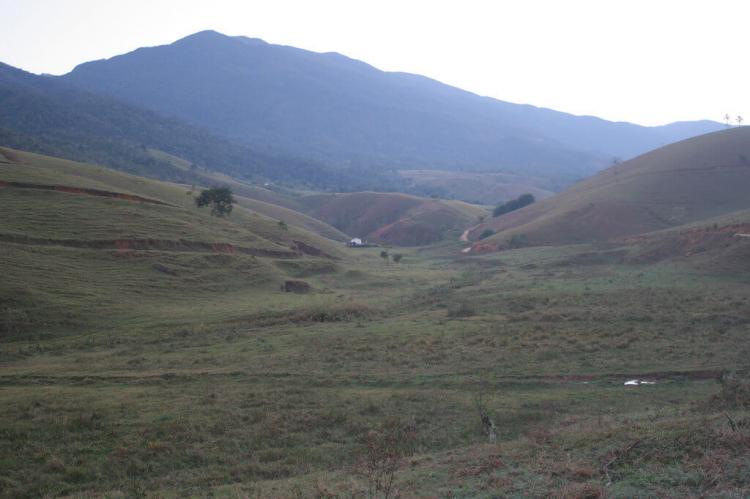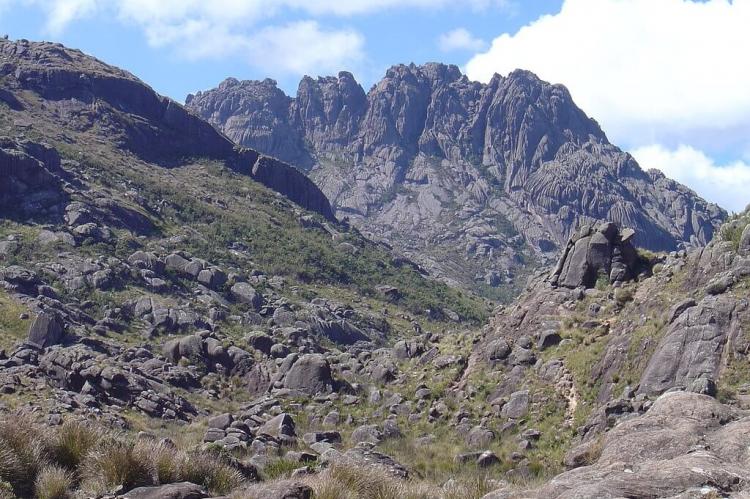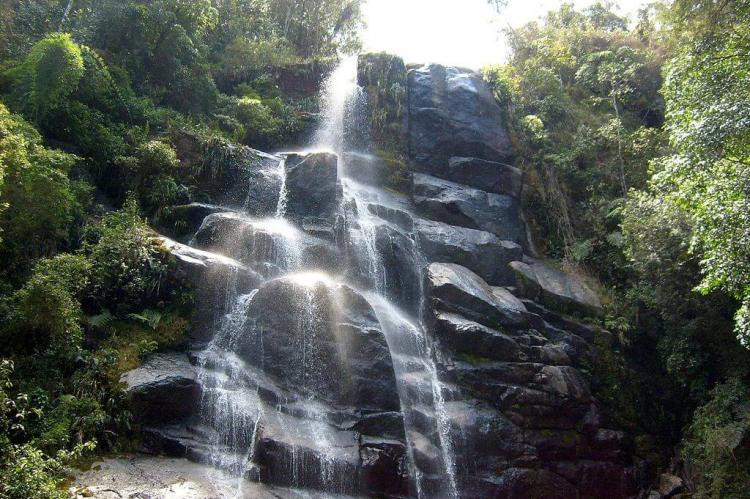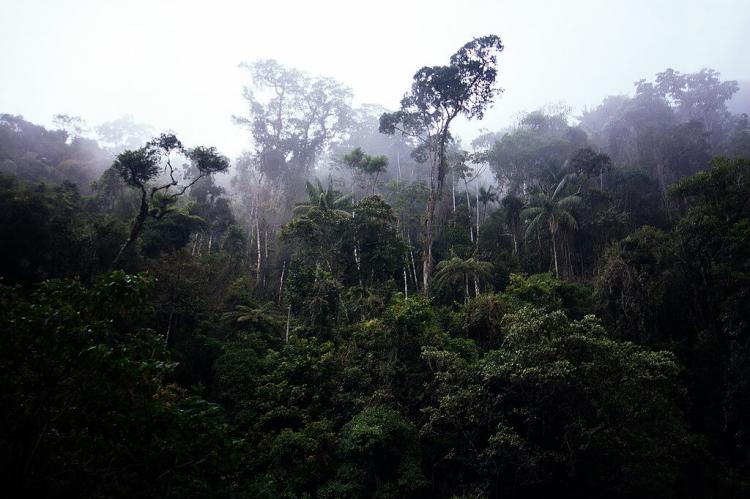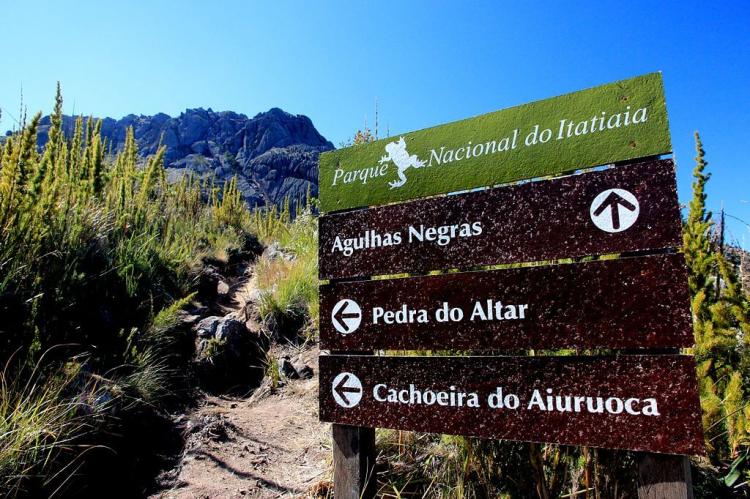Itatiaia National Park: Brazil's First and Finest Natural Sanctuary
Itatiaia National Park, Brazil's first, offers an unparalleled glimpse into the country's rich biodiversity and stunning landscapes. Nestled in southeast Brazil, Itatiaia is a testament to conservation efforts and the natural beauty of the Atlantic Forest and high mountain plains.
Exploring the Natural Splendor of Itatiaia National Park
Itatiaia National Park, Brazil's first national park, offers an unparalleled glimpse into the country's rich biodiversity and stunning landscapes. Nestled in the southeastern region of Brazil, straddling the states of Rio de Janeiro and Minas Gerais, Itatiaia stands as a testament to conservation efforts and the natural beauty of the Atlantic Forest and high mountain plains. Delving into the park's history, geographical features, ecological significance, and the diverse flora and fauna that call it home reveal this protected area's unique value and allure.
A Historical Haven
Established in 1937, Itatiaia National Park covers approximately 300 square kilometers (116 square miles) within the Serra da Mantiqueira range. Its creation marked a pivotal moment in Brazil's conservation history, setting the stage for future national parks. The park is situated in the Itatiaia massif, a region historically significant as a route for transporting gold from Minas Gerais in the early 19th century. As gold reserves dwindled, the area's allure shifted towards mountain climbers and nature enthusiasts, ultimately becoming a national park.
Geographical and Ecological Diversity
Itatiaia National Park is renowned for its diverse terrain, ranging from the lush lowlands of the Atlantic Forest to the rugged high mountain plains. The park's altitudes vary significantly, from approximately 500 meters (1,640 feet) to its highest peak, Pico das Agulhas Negras (Black Needles peak), which stands at 2,791 meters (9,157 feet). This variation in elevation creates distinct ecological zones, each with unique flora and fauna.
The Three Sectors of Itatiaia
1. Lower Itatiaia: This sector is a vital remnant of the Mata Atlântica, featuring dense vegetation, natural pools, and cascading waterfalls. It is an essential pocket of protected Atlantic Forest, offering a haven for numerous plant and animal species.
2. Upper Itatiaia: Home to the park's highest elevations, this area is characterized by rocky terrain and the unique flora of high mountain plains. It houses springs from 12 significant hydrographic basins, which drain into two major river basins—the Rio Grande (a tributary of the Paraná River) and the Paraíba do Sul River.
3. Visconde de Mauá: Known as the main tourist area of the park, Visconde de Mauá is dotted with hotels and restaurants. It is famous for the Escorrega and Santa Clara waterfalls, attracting thousands of visitors yearly.
Biodiversity: Flora and Fauna
Itatiaia National Park is part of the larger Mata Atlântica Biosphere Reserve, which provides an ecological buffer zone and supports many endemic species. The park's diverse ecosystems host a remarkable variety of flora and fauna, many unique to Brazil.
Flora
The park's vegetation includes lush Atlantic Forest in the lower regions and specialized high-altitude plants in the upper areas. The high mountain plains, in particular, support unique plant species adapted to the harsh conditions, including many endemic varieties.
Fauna
Itatiaia is a birdwatcher's paradise, home to species such as the Saffron Toucanet, Red-breasted Toucan, Green-crowned Plovercrest, and Surucua Trogon. The park also shelters rare species like the Blond-crested Woodpecker, Itatiaia Spinetail, Slaty Bristlefront, and Black-and-Gold Cotinga. Mammals, reptiles, and insects also thrive in this protected habitat, contributing to its rich biodiversity.
Visitor Attractions and Activities
The park offers a range of natural attractions, from its scenic waterfalls and rivers to its challenging hiking trails and rock formations. The Visitor Center and Museum provide educational insights into the park's ecological and cultural significance. Thousands of visitors explore Itatiaia each year, making it one of Brazil's top ten most visited national parks.
Conservation and Future Challenges
Itatiaia National Park plays a crucial role in preserving the endangered Atlantic Forest biome and the unique ecosystems of the Serra da Mantiqueira. The surrounding Serra da Mantiqueira Environmental Protection Area enhances these conservation efforts by providing an additional buffer against ecological threats. However, ongoing challenges such as climate change, deforestation, and human encroachment require continued vigilance and proactive management to ensure the park's long-term preservation.
Conclusion
Itatiaia National Park is a beacon of Brazil's natural heritage, offering a rich tapestry of landscapes, biodiversity, and historical significance. From its lush forests and vibrant wildlife to its towering peaks and cascading waterfalls, the park provides a sanctuary for nature and a destination for adventure. As Brazil's first national park, Itatiaia continues to inspire conservation efforts and draw nature lovers worldwide, underscoring the importance of preserving these irreplaceable natural treasures.
